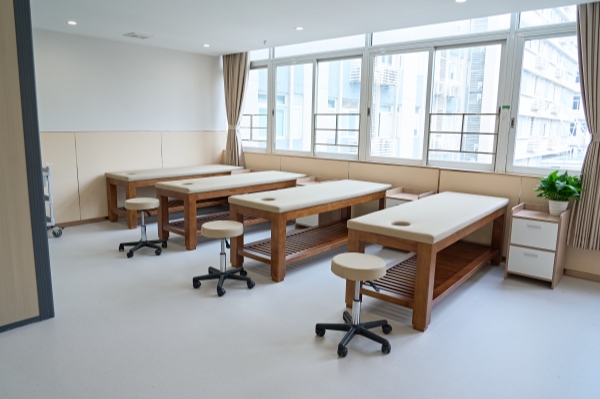In a hospital environment, seats must not only meet functional requirements, but also take into account comfort, hygiene and overall aesthetics. As a high-frequency public facility, the design of hospital folding chairs directly affects patient experience and space management efficiency. So, how can customized solutions be used to make hospital folding chairs both practical and in line with the style requirements of medical space? This article will provide you with a detailed analysis.
1. How customized hospital folding chairs improve the quality of medical space
Modern medical space design pays more and more attention to the positive impact of the environment on the patient's psychology, which makes the customization of hospital folding chairs no longer limited to the functional level. Through professional color planning, soothing colors such as light blue and light green can be selected to relieve the patient's tension, or a color scheme that is coordinated with the overall decoration style can be used to create a neat and professional medical environment.
In terms of material selection, in addition to the basic antibacterial requirements, the texture can also be improved through surface treatment technology. For example, metal parts with matte anti-fouling coatings or environmentally friendly plastics with delicate textures can make hospital folding chairs present a higher-end visual effect while meeting functional requirements. For VIP clinics or high-end private hospitals, you can even customize leather seats with solid wood armrests to create a more high-quality medical experience.

2. Key points for achieving a balance between function and aesthetics
To ensure that customized hospital folding chairs are both practical and beautiful, the key lies in in-depth communication with professional manufacturers. Excellent manufacturers can provide targeted suggestions based on specific usage scenarios, such as the need to add armrest storage functions to the seats in the infusion area, and the pediatric clinic can adopt a rounded corner anti-collision design. Confirming the design plan through 3D renderings and combining it with physical sample testing can effectively avoid dissatisfaction after mass production.
It is worth noting that customization does not mean sacrificing cost-effectiveness. Through modular design, personalized needs can be achieved while controlling costs. For example, a standard-sized chair surface with optional armrest styles, or a basic frame structure with a variety of color options, can achieve the best customization effect within the budget.